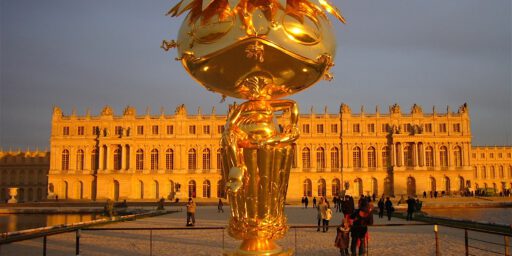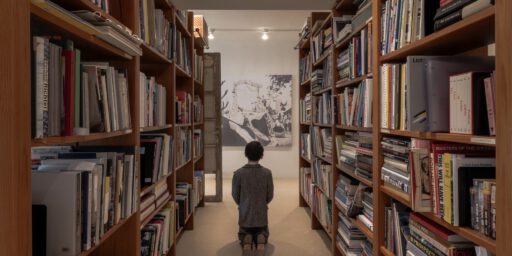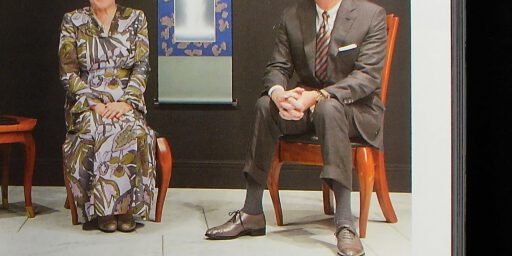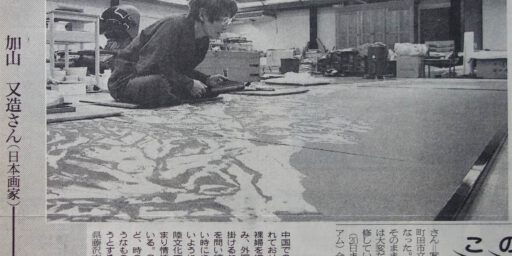New Auction World Record For “The Great Wave” by HOKUSAI @ 2.8 million US$ 葛飾北斎の「神奈川沖浪裏」"The Great Wave off Kanagawa" @ 4億3000万円

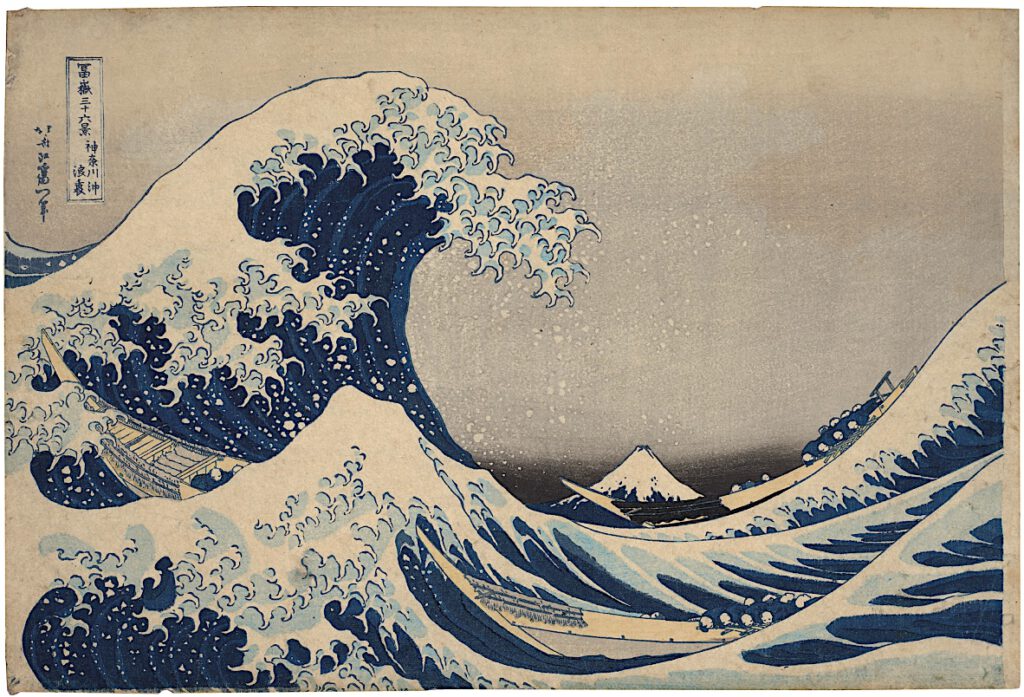
Above picture is from March 2021, Auction House Christie’s.
クリスティーズ:葛飾北斎「冨嶽三十六景‐神奈川沖浪裏」 (約1831年) が1.6 Million 米国ドル (約1億8千万円) で落札
HOKUSAI “Under the Well of the Great Wave off Kanagawa” (ca. 1831) sold for US$1.6 Million @ Christie’s March 2021
https://art-culture.world/art-world/hokusai-葛飾北斎-冨嶽三十六景%E2%80%90神奈川沖浪裏/
Today’s sensation regarding Japanese woodblock prints is the auction result for “The Great Wave” by Hokusai. See the cover pic.
Check the ART+CULTURE link, for further details:
2025/10/25
にっぽんのアートコレクター「パチンコ王・岡田和生」
Japanese Art Collector “King of Pachinko OKADA Kazuo”
https://art-culture.world/art-world/pachinko-art-collector/
The estimate was 5,000,000 – 8,000,000 HKD. Sold for 21, 725,000 HKD.
The Great Wave off Kanagawa (Japanese: 神奈川沖浪裏, Hepburn: Kanagawa-oki Nami Ura; lit. ’Under the Wave off Kanagawa’)[a] is a woodblock print by the Japanese ukiyo-e artist Hokusai (1760–1849), created in late 1831 during the Edo period of Japanese history. The print depicts three boats moving through a storm-tossed sea, with a large, cresting wave forming a spiral in the centre over the boats and Mount Fuji in the background.
The print is Hokusai’s best-known work and the first in his series Thirty-six Views of Mount Fuji, in which the use of Prussian blue revolutionised Japanese prints. The composition of The Great Wave is a synthesis of traditional Japanese prints and use of graphical perspective developed in Europe, and earned him immediate success in Japan and later in Europe, where Hokusai’s art inspired works by the Impressionists. Several museums throughout the world hold copies of The Great Wave, many of which came from 19th-century private collections of Japanese prints. Only about 100 prints, in varying conditions, are thought to have survived into the 21st century.
The Great Wave off Kanagawa has been described as “possibly the most reproduced image in the history of all art”, as well as being a contender for the “most famous artwork in Japanese history”. This woodblock print has influenced several Western artists and musicians, including Claude Debussy, Vincent van Gogh and Claude Monet. Hokusai’s younger colleagues Hiroshige and Utagawa Kuniyoshi were inspired to make their own wave-centric works.
「神奈川沖浪裏」(かながわおきなみうら)は、葛飾北斎の浮世絵『富嶽三十六景』全46図中の1図で、世界的に有名な代表作です。巨大な波が襲いかかる手前の風景と、その先に小さく見える富士山の対比が印象的で、波に翻弄される3艘の舟が描かれています。
主な特徴
構成と対比: 画面の大部分を占める荒れ狂う波と、遠景の静かで端正な富士山との「動と静」「遠と近」の対比が、作品に強い緊張感と奥行きを与えています。
描かれたもの:
波: 凶暴なほど高く、うねる波が描かれています。
船: 房総半島から江戸へ海産物を運ぶ「押送船(おしおくりぶね)」と呼ばれる3艘の舟で、波に翻弄されています。
富士山: 波間から見える、小さくも堂々とした富士山が描かれています。
制作背景:
制作年: 1830年(天保元年)から1834年(天保5年)頃に制作されました。
画材: 当時の日本で珍しかった、色褪せしにくい顔料である「ベロ藍(プルシアンブルー)」を多用し、鮮やかな青色で波の立体感を際立たせています。
モデルの地: 現在の横浜市神奈川区沖合とされますが、船が運ぶ荷物のことから、東京湾の木更津沖付近から富士を見たという説もあります。
世界的な影響:
ゴッホやドビュッシーなど、海外の芸術家にも大きな影響を与えました。
「グレートウェーブ」として世界中で広く知られています。
その他の情報
現在、日本の千円紙幣の裏面にも採用されています。
世界中の美術館に所蔵されており、現存する作品は貴重なものとなっています。
Check also:
Popular museum-like show “NEO – EDO : Kunichika Toyohara” – a celebration of excellent exhibition directing @ AOYAMA | MEGURO
優れたディレクションの実践を讃える人気の美術館的展覧会「ネオ江戸:豊原 国周」@ 青山|目黒
https://art-culture.world/reviews/neo-edo-kunichika-toyohara-aoyama-meguro/
